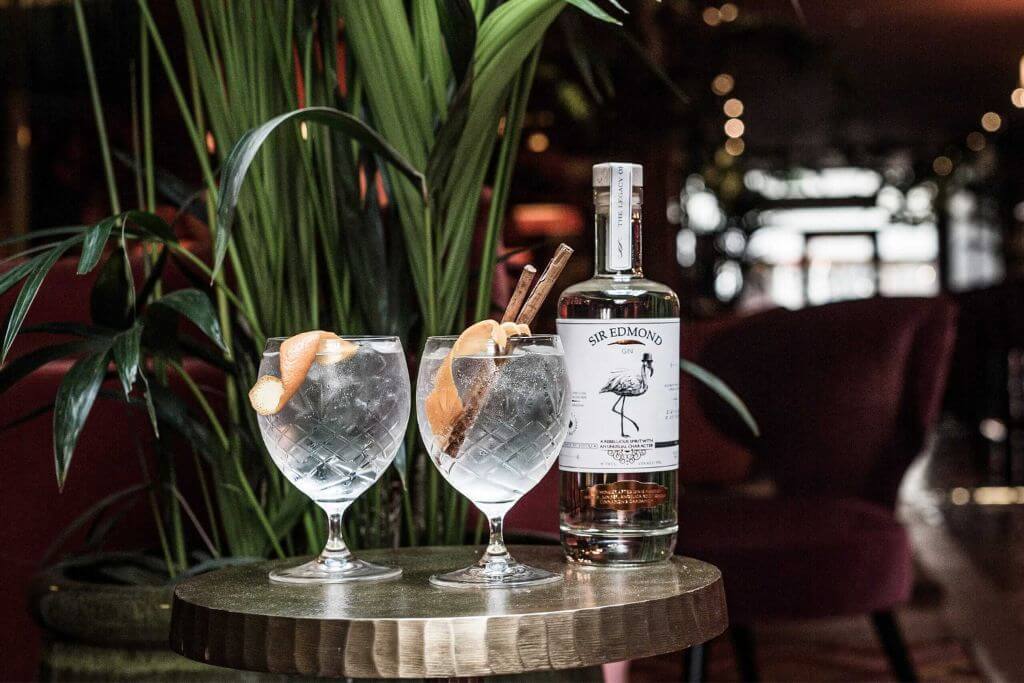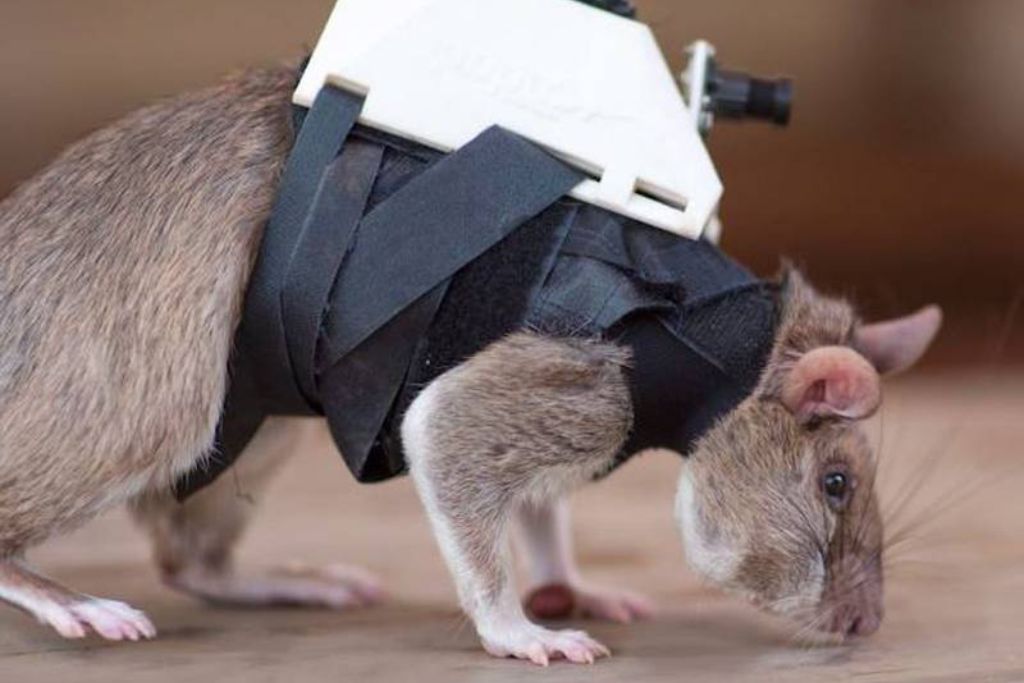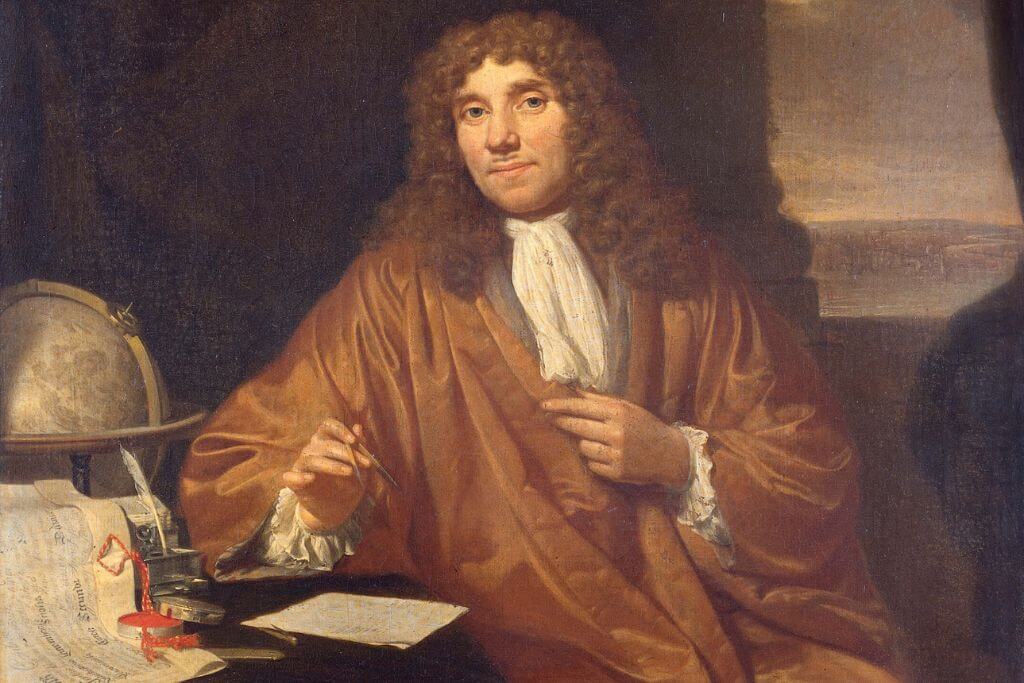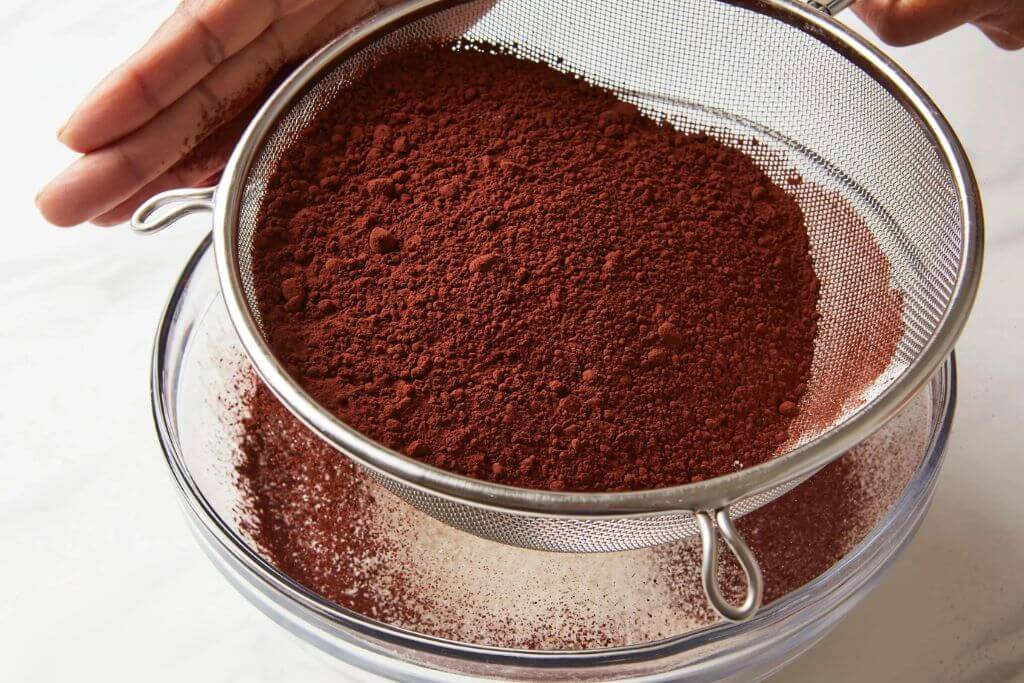It’s time to give the Dutch some appreciation for all the “small” things they considered before anyone else on the globe. These are seven interesting facts that will show you how awesome the Netherlands is.
1. Gin was created by the Dutch.

And for that, the world will always be grateful! Gin was created in the Netherlands during the 17th century, despite the fact that it is most commonly associated with Britain.
It was created at the time as a medication for the treatment of gallstones, gout, and stomachaches. In addition, juniper was used for flavor and for its therapeutic qualities. A combination of medications that doctors advise… That sounds like the ideal justification for a drink this weekend!
British soldiers received gin during the conflict. They began carrying it home, and soon after, they established their own distillery. This is how they essentially inherited the drink’s fame.
2. The Netherlands is where orange carrots first appeared.

Technically speaking, the Netherlands is where orange carrots were originally grown. Yet, carrots weren’t genuinely orange until the 16th century! They were white, crimson, or purple (ish).
Even if some varieties are still around today, you may have observed that they are less common and difficult to find in Europe. The first people to cross various crop varieties to produce orange carrots were the Dutch.
You probably already know how much the Dutch love the color orange. Also, it is believed that orange carrots were a tribute to William of Orange, the founder of the Dutch sovereign state, just like they are for everything else (although there is no actual proof of that).
3. Legalizing gay unions

In 2001, the Netherlands became the first nation in the world to formally recognize same-sex unions. More and more nations have since followed the Dutch example after they set the standard for the rest of the world.
4. Police officers who are arrogant

Since 2013, rats have been used in training by the Rotterdam police. Because it is far less expensive than conducting tests in laboratories, people use them for their keen sense of smell to find things like drugs, gunpowder, and explosives.
Rats can obtain results far more quickly than lab workers, who would need roughly two hours when rats simply need a few seconds.
Because the Dutch police also have a great sense of humor, the first rats to join the force were given the names Derrick, Magnum, Poirot, Thomson, and Thompson, after renowned fictional detectives.
5. The Dutch discovered bacteria and viruses.

Even though rats are more seductive, this is still a huge advancement for us.
One of the first microbiologists in history, Antoni van Leeuwenhoek, used his microscope to identify the existence of bacteria in general in the 17th century. As the “father of microbiology,” he is well-known.
His pioneering study on microbes was during the Dutch golden period of exploration and discovery, which ran out from the early 1590s to the 1670s.
- Do you know 5 Reasons Why You Should Return to Amsterdam
6. Introducing cocoa powder

Does the name Van Houten, which is printed on a cocoa powder package, sound familiar? He was the one who created it in the early 19th century, which explains why!
Van Houten developed a process of pressing cocoa in 1828 that produced cocoa powder that was flavorful and easily soluble.
From 1870 on, this cocoa powder was exported to France, the UK, and Germany. Although cocoa had been around for a very long time, the ease with which cocoa powder could be dissolved and combined with milk or water led to a revolution.
7. In the Doughnut Case

The doughnut is one delicious innovation that causes conflict between nations. Some claim that the Dutch originated the doughnut in the 17th century. However, the Dutch original didn’t have a hole in the center.
The ring-shaped doughnut we know today is said to have been created in the 19th century by an American by the name of Hanson Gregory. The earliest recipe was discovered around 1800. However, the British insist that it was created by the top elite of their country.
